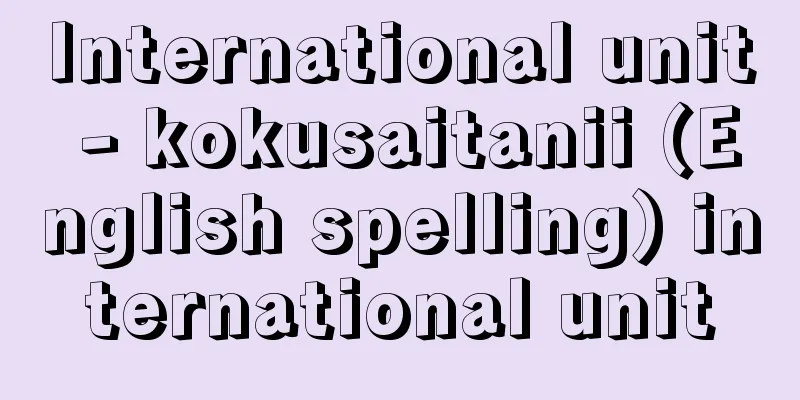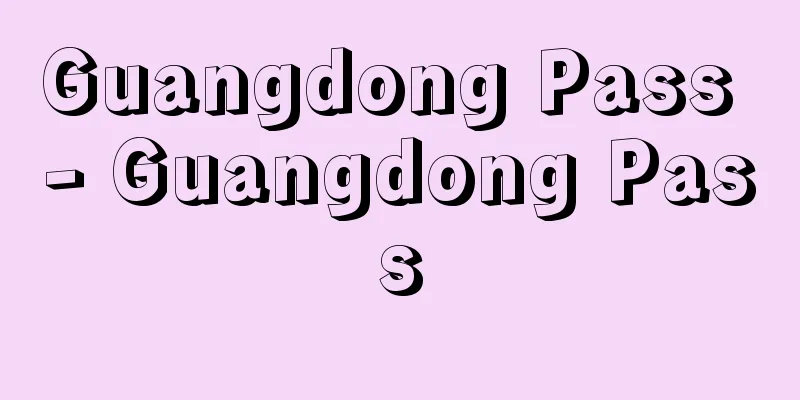Yosuke Matsuoka

|
A diplomat and politician during the Taisho and Showa periods. Born in Yamaguchi Prefecture on March 4, 1880. Travelled to the US in 1893 (Meiji 26) and graduated from Oregon State University after much studying. Became a diplomat in 1904 (Meiji 37), and served in China and other places. He became interested in expanding influence into Manchuria and Mongolia, and during the Terauchi Masatake cabinet, as secretary to the prime minister and foreign minister, he urged the dispatch of troops to Siberia. In 1921 (Taisho 10), he became a director of the South Manchuria Railway. In 1927, he was appointed vice president (later renamed vice president) by the Tanaka Giichi cabinet, and supported the cabinet's "Manchuria-Mongolia separation policy" and attempted to build the Manchuria-Mongolia Five-Way Railway, but his efforts were thwarted by the collapse of the cabinet. He left the South Manchuria Railway in 1929, and became a member of the Seiyukai party in 1930. He criticized and attacked Shidehara's diplomacy and advocated "independent diplomacy." In 1933, after the Manchurian Incident, he attended the League of Nations Special General Assembly (Geneva) as Japan's chief representative and gave an impassioned speech, but left the venue when the "Manchukuo" was rejected. In 1935, he became president of the South Manchuria Railway and, in cooperation with the military, pursued a policy of aggression against North China. In 1940, he became foreign minister in the second Konoe Fumimaro cabinet, and concluded the Tripartite Pact with Japan, Germany, and Italy, and in 1941, the Japan-Soviet Neutrality Pact. After Japan's defeat in the war, he was designated a Class A war criminal at the International Military Tribunal for the Far East, and died of illness in prison on June 27, 1946. [Ryuji Sasaki] "Yosuke Matsuoka Biography Publishing Committee, ed. "Yosuke Matsuoka" (1974, Kodansha)" ▽ "Yosuke Matsuoka - The Tragic Diplomat, Volumes 1 and 2, by Yutaka Toyoda (Shincho Bunko)" [References] | | |National Diet Library Yosuke Matsuoka Source: Shogakukan Encyclopedia Nipponica About Encyclopedia Nipponica Information | Legend |
|
大正・昭和期の外交官、政治家。明治13年3月4日山口県に生まれる。1893年(明治26)渡米し、苦学してオレゴン州立大学を卒業。1904年(明治37)外交官となり、中国などに勤務。満蒙(まんもう)への勢力拡大に関心をもつようになり、寺内正毅(てらうちまさたけ)内閣の時期には首相・外相秘書官としてシベリア出兵を促した。1921年(大正10)満鉄理事となる。1927年田中義一(たなかぎいち)内閣により副社長(のち副総裁と改称)に任ぜられ、内閣の「満蒙分離政策」を支持して満蒙五鉄道建設を図ったが、内閣倒壊で挫折(ざせつ)。1929年満鉄を去り、1930年政友会代議士となった。幣原(しではら)外交を非難・攻撃し「自主外交」を唱え、満州事変後の1933年、国際連盟特別総会(ジュネーブ)に日本首席代表として出席、熱弁を振るったが、「満州国」が否認されたため退場した。1935年満鉄総裁となり、軍部と結んで華北侵略政策を進め、1940年第二次近衛文麿(このえふみまろ)内閣の外相となり日独伊三国同盟を結び、1941年には日ソ中立条約を結んだ。敗戦後、極東国際軍事裁判でA級戦犯に指定され、昭和21年6月27日獄中で病死した。 [佐々木隆爾] 『松岡洋右伝記刊行会編『松岡洋右』(1974・講談社)』▽『豊田穣著『松岡洋右――悲劇の外交官』上下(新潮文庫)』 [参照項目] | | |国立国会図書館所蔵"> 松岡洋右 出典 小学館 日本大百科全書(ニッポニカ)日本大百科全書(ニッポニカ)について 情報 | 凡例 |
Recommend
Le Jeune, C. (English spelling) LeJeuneC
...In 1570, the Academie de Poésie et de Musique,...
Blue dragon sword-shaped stone tool
A type of polished stone tool from the Jomon perio...
Nishida tax - Nishida Mitsugi
He was a leader of young officers in the Showa Re...
Mononobe [village] - Mononobe
A village in Kami County in the northeastern part ...
Serada
A settlement on the north bank of the Tone River i...
Period loss - Kikansonshitsu
…It is calculated by subtracting the correspondin...
High-frequency induction furnace
A furnace that heats with eddy currents generated ...
Tax cut - Genzei
A reduction in tax burden by lowering tax rates, ...
Sakute - Sakute
〘Noun〙① Since the Heian period, this refers to the...
Stone-plovers
A family of birds in the order Charadriiformes. Fo...
Madame Ségur - Sophie Rostopchine, comtesse de Ségur
1799‐1874 A French author of fairy tales. Her fath...
Theophano (English spelling)
…reigned from 967 to 983, and was co-emperor unti...
Anthelmintic drug - anthelmintic drug
Anthelmintics. These are drugs used to eliminate ...
Richter, JPF (English spelling) RichterJPF
...German novelist. His real name was Johann Paul...
Danzaemon
During the Edo period, this was the title given t...









![Yukuhashi [city] - Yukuhashi](/upload/images/67cd135a89893.webp)